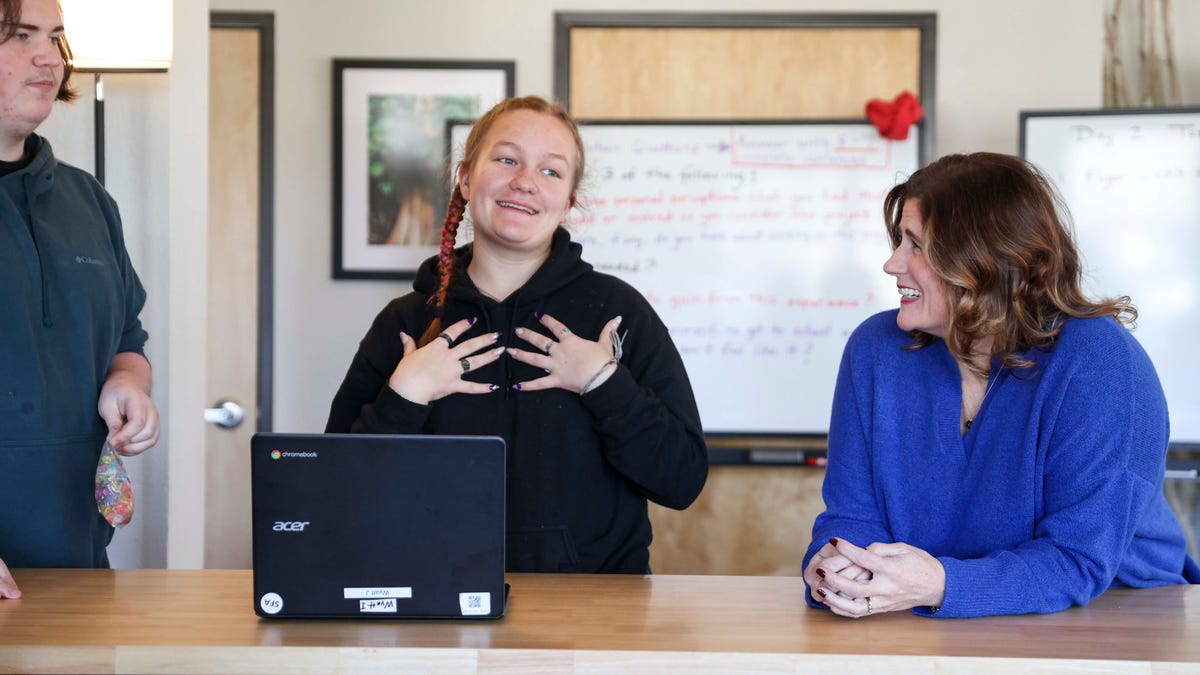Author: Contributor
-

Airlines and airports use special scents in airports and inflight
Some of the Air France spaces at Paris-Charles de Gaulle Airport (CDG), and some of its onboard suites smell a bit different now than they did last month. That’s because, in mid-January, the carrier introduced its first-ever signature fragrance and began using it in its La Premiere (first-class) lobby, a handful of lounge areas…
-

Red alert in New Jersey! China could be spying on your tolls through E-ZPass.
ADVERTISEMENT Did you think paying tolls in New Jersey was just a routine task? Think again! The New Jersey Turnpike Authority, in a move reeking of leftist negligence, just handed an 11-year juicy contract for the E-ZPass system to a Singapore-based company with alleged ties to the Chinese Communist Party (CCP). Yes, you read that…
-

Fundiin Partners with CIMB Bank Vietnam, Empowering the Next Wave of Financial Inclusion
HO CHI MINH CITY, Vietnam, Feb. 28, 2025 /PRNewswire/ — In early 2025, Fundiin – Vietnam’s leading Buy Now, Pay Later (BNPL) platform has officially joined forces with CIMB Bank Vietnam, one of ASEAN’s top banking institutions, to revolutionize access to credit for Vietnamese consumers. Fundiin officially…
-

Microsoft Names Developers It Sued for Abusing Its AI Tools
Microsoft is trying to show its commitment to AI safety by amending a lawsuit filed last year to unmask the four developers it alleges evaded guardrails on its AI tools in order to generate celebrity deepfakes. The company filed the lawsuit back in December, and a court order allowing Microsoft to seize a website associated…
-

Here’s how a cruise can earn you faster JetBlue Mosaic status
Want to earn elite status in JetBlue’s TrueBlue program twice as fast? If you’re planning a cruise, listen up. Book a cruise through JetBlue Vacations between Feb. 28 and March 31 that departs by Dec. 31, 2025, and you can earn double Tiles. Tiles are the company’s metric for determining JetBlue Mosaic elite status…
-

State Street Acquires Mizuho’s Global Custody Business Adding $580B in Assets
State Street (NYSE: STT) has announced an agreement to acquire Mizuho Financial Group’s global custody and related businesses outside of Japan. The acquisition includes Mizuho’s operations through Mizuho Trust & Banking (Luxembourg) and Mizuho Bank (USA), representing combined assets under custody of approximately $580 billion and $24 billion in assets under administration.…
-

Amazon’s Alexa+ Reflects PYMNTS’ 2023 Insights on Voice Tech
With Alexa receiving a refresh on Wednesday (Feb. 26), it was interesting to revisit research published by PYMNTS in April 2023. A PYMNTS Intelligence report, “How Consumers Want to Live in the Voice Economy,” published nearly two years ago, predicted the growing impact of voice technology on consumer behavior, highlighting its potential to transform daily…
-

UN health agencies partner to stem cholera outbreak in Sudan
As a cholera outbreak worsens in Sudan, UNICEF reports the heightened risk to thousands of children and works with other health agencies to protect those at risk in a country already devastated by ongoing violent conflict. By Sr. Jecinter Antoinette Okoth, FSSA In response to a rapidly growing cholera outbreak threatening thousands of lives, the…
-

Willamette Health Council awards schools $100K for health projects
Salem-Keizer Public Schools: Take a look inside the district Here are some basic facts to know about Salem-Keizer Public Schools. The Willamette Health Council has awarded nearly $3 million in grants to 34 local organizations in Marion and Polk counties, including three school districts. Silver Falls School District, Gervais School District and the Willamette Education…
-

PNC Financial Services Group Insiders Sold US$9.0m Of Shares Suggesting Hesitancy
In the last year, many The PNC Financial Services Group, Inc. (NYSE:PNC) insiders sold a substantial stake in the company which may have sparked shareholders’ attention. When evaluating insider transactions, knowing whether insiders are buying is usually more beneficial than knowing whether they are selling, as the latter can be open to many interpretations.…